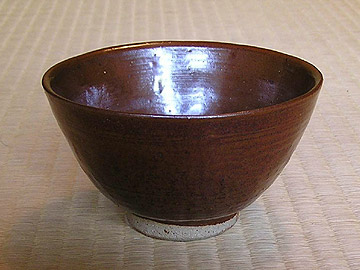|
||
 |
||

@
(C)2001 Japanese Architecture and Art Net Users System.@No reproduction or republication without written permission.
fΪΜeLXgEΚ^ECXgΘΗASΔΜRecΜ³f‘»E]ΪπΦΆά·B
|
||||||
| @ | ||||||
| takatoriyaki@ζΔ | ||||||
| KEY WORD :@art history / crafts | ||||||
| @ | ||||||
| Takatori ζ ware. Made in Chikuzen }O province (modern Fukuoka prefecture) of northern Kyuushuu γB, the Takatori kilns were likely established in the early 17c under daimyou εΌ Kuroda Nagamasa c· (1568-1623) using immigrant Korean potters. The first official clan kiln was probably established at the base of Takatori mountain around 1600 for the Korean potter P'alsan ͺR (Japanese name Takatori Hachizou ζͺ ; ?-1654), who came to Japan following Toyotomi Hideyoshi's LbGg (1536-98) Korean expeditions. Another story holds that the general Katou Kiyomasa Α‘΄ (1562-1611) brought back a potter known by the Japanese name of Ido Shinkurou δyVγY, who was then employed by Nagamasa. The first Takatori kiln, called Eimanji Takuma iξΤ, dates to the Keichou c· era (1596-1614). The second kiln was built in 1614 at Uchigaso ΰι with a large *noborigama oq, producing a variety of utilitarian and tea objects in a range of styles. The Shirahatayama ψR kiln opened, by Kuroda Tadayuki cV around 1630 and the Koishiwara ¬Ξ΄ kiln of 1665 made understated tea wares,especially *chaire ό (tea caddys), in the style associated with Kobori Enshuu ¬xB (1579-1647). | ||||||
| @ | ||||||
 |
||||||
@ |
||||||
| REFERENCES: | ||||||
| @ | ||||||
| EXTERNAL LINKS: | ||||||
| @@ | ||||||
| NOTES: | ||||||
| @ | ||||||
(C)2001 Japanese Architecture and Art Net Users System.@No reproduction or republication without written permission. fΪΜeLXgEΚ^ECXgΘΗASΔΜRecΜ³f‘»E]ΪπΦΆά·B |
||||||
| @ |